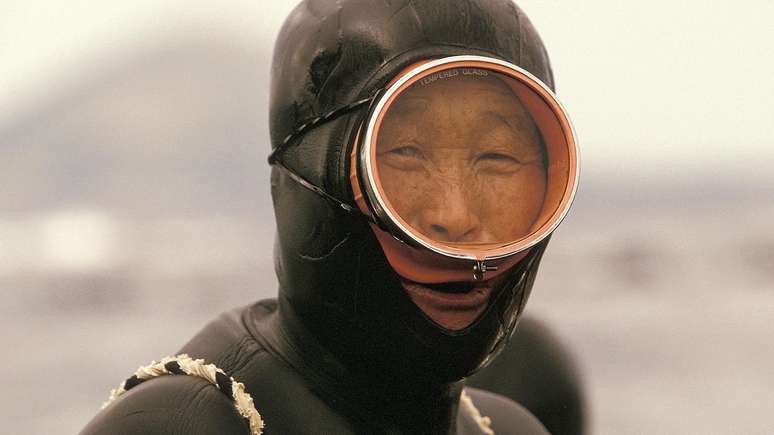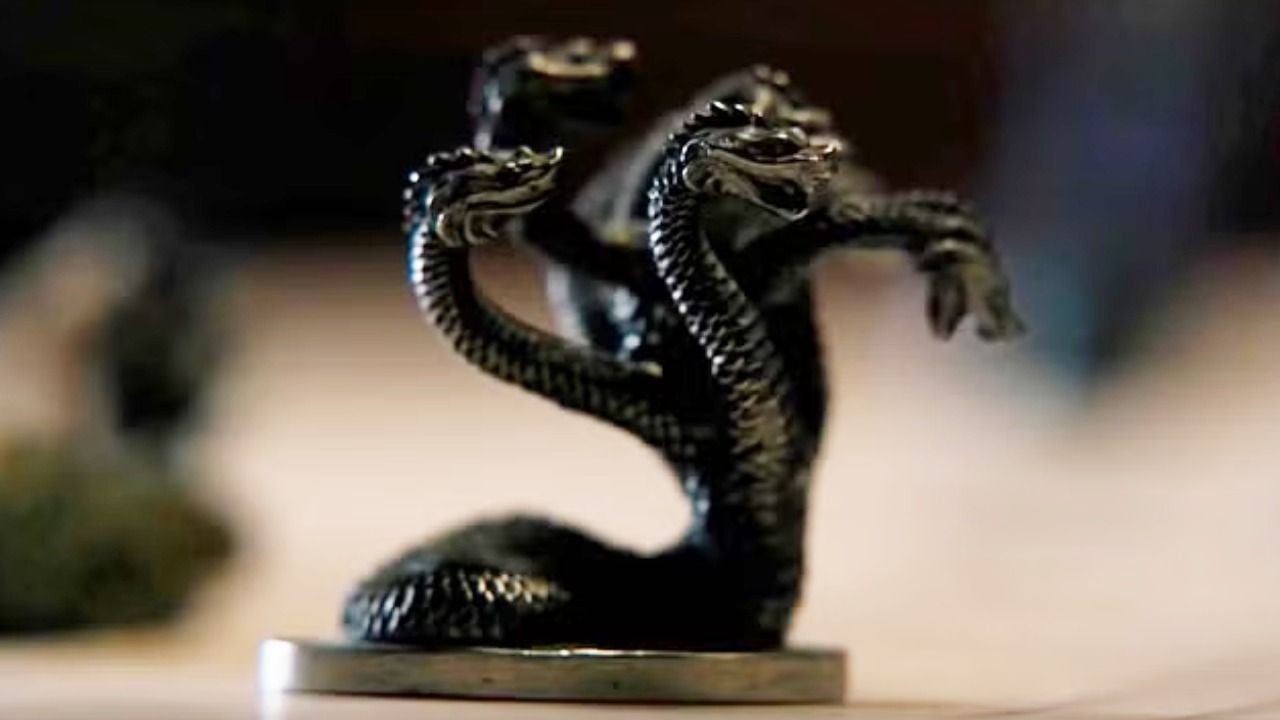Jeju island icons, many of these women today are more than 60 years old and are still active, dive more than 15 meters with the strength of the lungs.
In the cold waters of the oriental sea (Mar Japan), on the South Korean island of Jeju, the divers challenges the boundaries of the human body.
Armed with a knife and the strength of the lungs, the Haenyeo (“Women of the sea” in Korean) immerses up to 15 meters deep in search of molluscs and other sea creatures.
More inherited from mothers, this profession, which was transmitted among the generations: the first documented references date back to the 17th century.
In addition to being a symbol of identity and resistance recognized by UNESCO as an immaterial cultural heritage, Haenyeo In recent years they have also made an important contribution to science.
The researchers indicate if the lifestyle of diving may have contributed to the genetic selection of variants that can help treat chronic diseases such as hypertension and stroke.
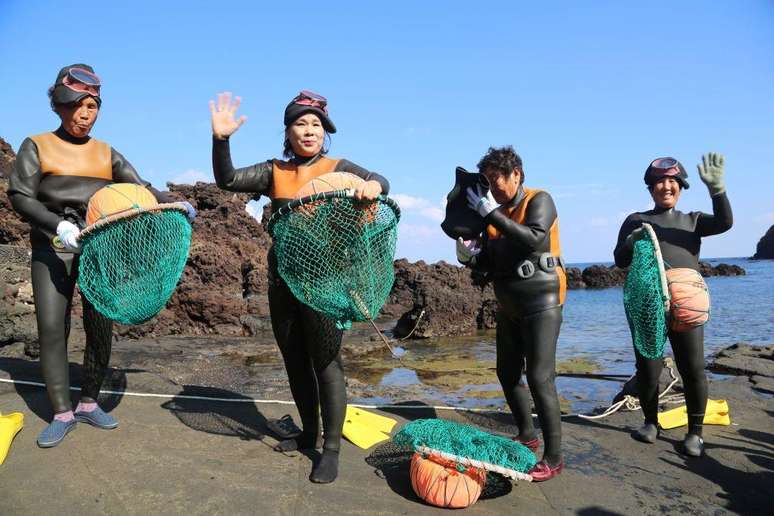
The story of Haenyeo
The tradition of fasting diving to collect octopus molluscs: sea urchins, sea cucumber and algae has more than four centuries of documented history, reassembly of writings such as Jeju topographyFrom 1629.
The dive was originally seen as a male activity, but in the 17th century women assumed this function out of necessity.
With men absent due to war, migration or fishing on the high seas, they began to provide for the family, immersing themselves in the ocean to collect daily subsistence.
So the HaenyeoWhich has modeled not only the lifestyle of the island, but also its social structure: a unique matriarchal society.
In some insular communities, men were responsible for care for children, while women were responsible for paid work.
Traditions such as the payment of a dowry by the groom or the celebration of the birth of the girls on the boys reflect this social order, in which the profession of Haenyeo Conference respect and autonomy.
The work is difficult and dangerous: shifts can last between five and seven hours, even in winter, and dives reach depth of up to 15 or 20 meters.
The technology has provided them with best working conditions – cotton clothing, for example, have been replaced by neoprene suits and masks and fins have been incorporated – but they are still exposed to extreme risks, by decompression and tuliny diseases in guest fishing networks with the Svanli.
Some have partially or completely lost the hearing due to pressure variations.
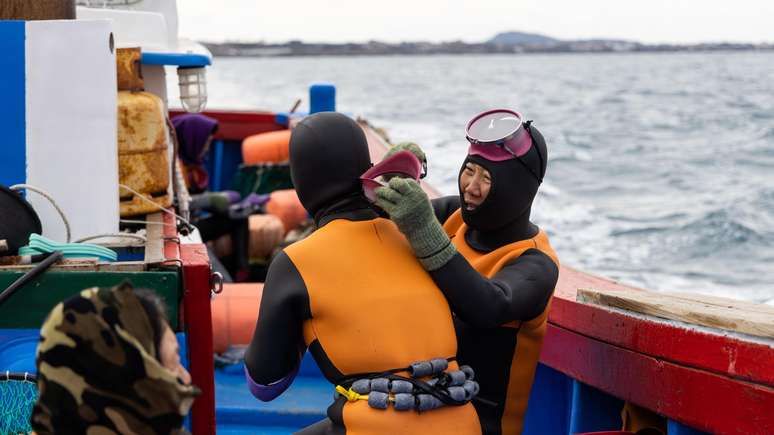
Special genetics
For generations, the Haenyeo They trained their bodies to act in extreme conditions, immersing themselves at a depth of over 15 meters with the air of the lungs, supporting temperatures below zero in winter and keeping breathing for minutes.
The centennial tradition influenced these women’s DNA, as pointed out a survey conducted by an international team of scientists.
Diana Aguilar Gómez, specialist in the genetics of the population trained at the University of California, Berkeley, led the genetic analysis of a study that began in 2019 and revealed unique physiological and genetic adaptations in the community of Haenyeo.
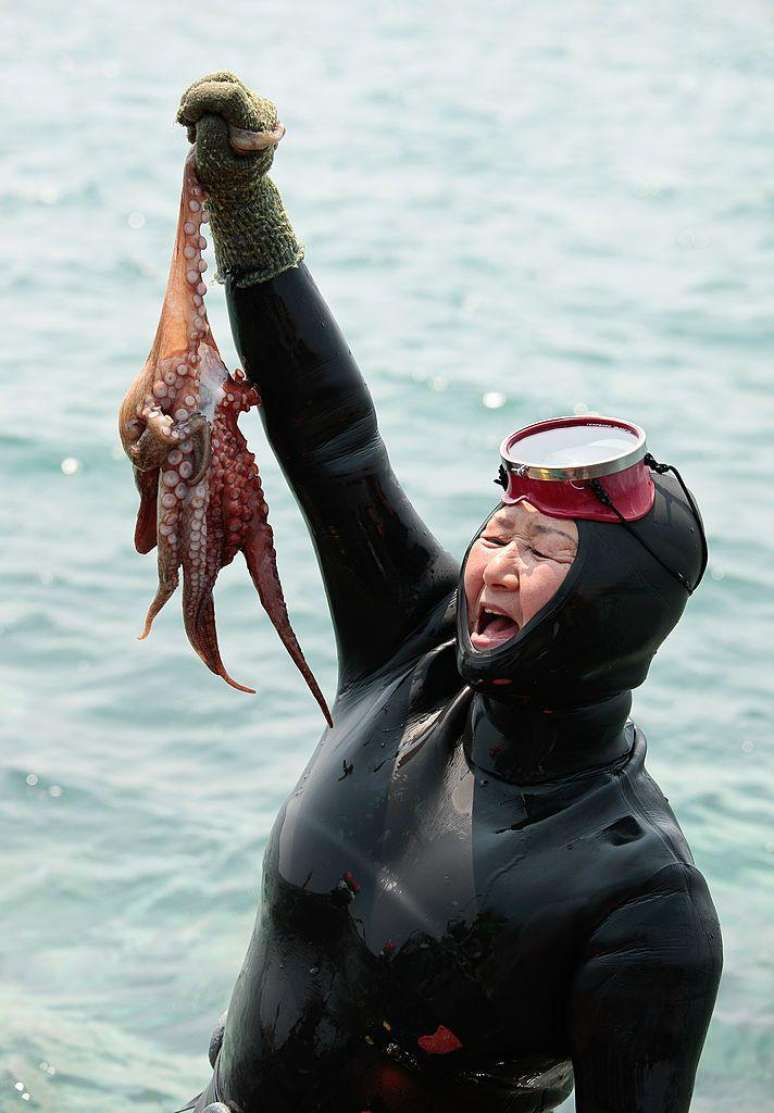
His work, he explained to BBC News Mundo (BBC Spanish News Service), consisted in the analysis of DNA sequences in search of genes associated with specific physical characteristics in the population Haenyeo.
The project, conducted in collaboration with researchers from the University of Utah, of the National University of Soul and the University of Copenhagen, compared three groups: Haenyeo Jeju Active, women who do not dive on the island and women elsewhere.
Physiological characteristics such as heart rate, blood pressure and spleen size have been analyzed and known experiments have been conducted as “simulated diving” to replicate the conditions of immersion activities without putting other participants at risk, many of which are the elderly.
“We put women in front of a bowl of cold water, immersing their heads for a minute, and then we measured how their bodies reacted,” explains Aguilar.
These experiments have allowed us to observe how the reflection of the dive, which reduces the heart rate to maintain oxygen, has been activated with much greater intensity in Haenyeo.
“We observed that their heart rate has decreased much more than that of raw women. This is an acquired adaptation, a training product,” says the scientist.
The surprise came in the DNA analysis: “We have found a regular region of a gene that we believe reduces blood pressure,” says Aguilar.
This discovery is particularly relevant because the HaenyeoEven pregnant women have not stopped immersing themselves.
“Dive can increase blood pressure, which increases the risk of preeclampsia. We believe that this genetic variant can have a protective effect in these cases,” reveals.
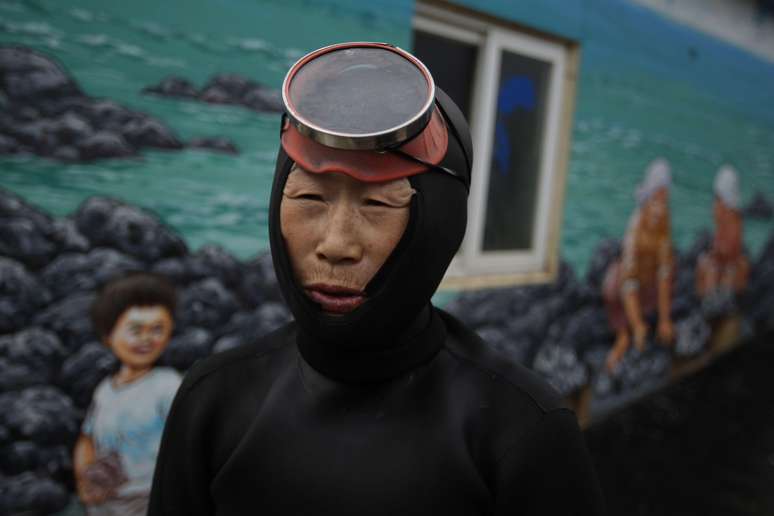
The team has also identified a second mutation linked to cold resistance, which can protect from hypothermia.
“These women are historically immersed all year round with cotton costumes, even in winter. This genetic variant may have been selected because it has helped them survive in these conditions”, explains the researcher.
According to Aguilar, this adaptation may have been consolidated for over a thousand years.
“Imagine two pregnant women in a community of diving. One has the protective genetic variant and the other does not. During the generations, it is likely that with this mutation they survive more, and this is reflected in the collective DNA of the population”, illustrates.
In addition to the anthropological interest, the researcher states that the results have a global medical potential: “These variants are at different frequencies in populations around the world. They can be relevant to people with hypertension or vascular problems, not only for divers or pregnant women”.
The knowledge of these genes can, in the future, serve as a basis for the development of treatments.
Aguilar believes that “they can become therapeutic objectives. We do not yet know how it will be applied, but we know that something useful can get out of it”.
The team’s work was published after years of international collaboration and, for the scientist, all of this effort in a scientific journal is only the first step: “Science acts as a Lego system. We join the pieces and others accumulate. HaenyeoIn addition to being a cultural heritage, they now also provide intuitions Precious for future medicine, “he concludes.
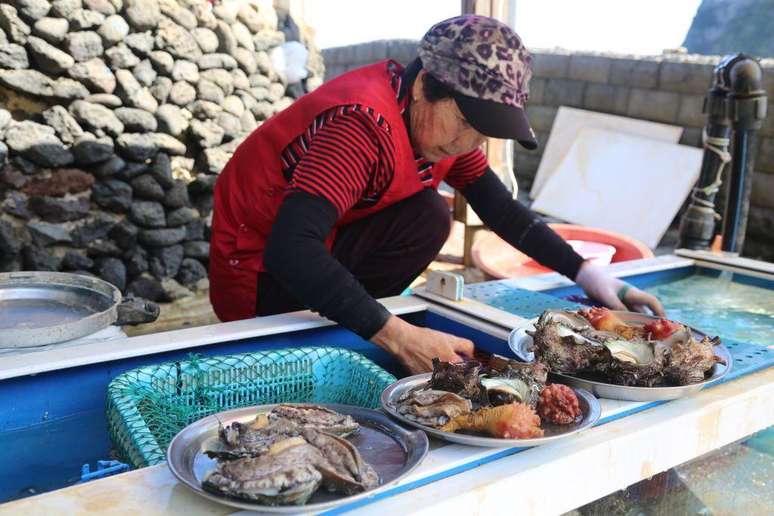
The danger of extinction
For decades, the profession was seen as a low -class activity and many Haenyeo They grew up without access to formal education, selling their fish in the markets as they are very young.
This has changed in recent years, with its institutional and social recognition, especially by its inclusion in the representative list of the intangible cultural heritage of the UNESCO humanity.
The South Korean government has offered financial help, exclusive fishing rights and promoted to create museums and schools in order to preserve tradition.
The impact of these measures, however, is limited: few young women are willing to live at constant risk and the insulation of an existence dedicated to the sea.
Only a few dozen have become different and many who embrace the activity carry it out only sporadically or in a period.
The population of Haenyeo On the island of Jeju has dizzyingly decreased in recent decades, less than 3,000 in the 1960s in the 1960s. Today, over 80% of them are over 60 years old.

This is partly explained by the economic transformation that Jeju has experienced in recent decades.
The island, which for centuries depended on fishing and agriculture, turned into tourism and mass services, offering more comfortable and more paid job opportunities than diving.
As a result, less and less girls are following in the footsteps of their mothers HaenyeoAnd the traditional knowledge that had previously passed from generation to generation is in danger of getting lost.
Some initiatives, however, have found new ways to keep the spirit of women in the sea alive.
An example is the Pyeongdae Sunggae Guksu restaurant, north -est of Jeju, founded by two divers, which serves traditional dishes made exclusively with products that fish alone, such as the Marino Hedgeter area.
The place has become a small culinary sanctuary that celebrates culture Haenyeo And at the same time, it helps them to integrate their income.
Another radius of hope is out of Jeju, on the island of Geoje, in the south of the country.
Sohee Jin, 32, left the lively city of Busan to become a diver and, after a year of unpaid learning, he literally headed to the activity.
Today not only fishing and sea urchins. By documenting his life on social networks, he became an influencer, he appeared in TV programs and even acting in a film.
With her friend Jungmin Woo, she too leads a small group of young women Haenyeo Determined to preserve tradition, adapting it to the 21st century.
They know that they have not chosen a simple way: beyond the risks of their business, they deal with abandoned fishing nets, illegal fishermen and effects of climate change on marine ecosystems.
Even so, they dive all year round, they are proud of the profession and find a freedom in the sea that they say they would not exchange with the boring routine of an office.
Source: Terra
Rose James is a Gossipify movie and series reviewer known for her in-depth analysis and unique perspective on the latest releases. With a background in film studies, she provides engaging and informative reviews, and keeps readers up to date with industry trends and emerging talents.

